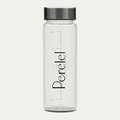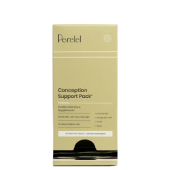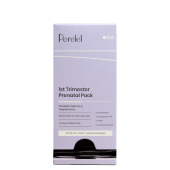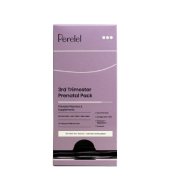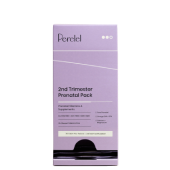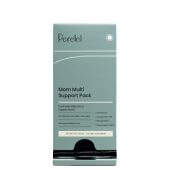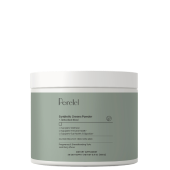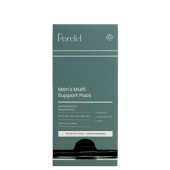Once you’ve made it to the third trimester you may feel so close, yet so far. But this is the time where your baby’s organs and bones are still maturing and nearly fully developed. The third trimester is the period of maximal fetal mineral accretion, and you can aid in fortifying and strengthening your baby’s skeleton by eating foods rich in bone-strengthening vitamins and minerals. Here is what a prenatal nutritionist would add to your diet for your final stretch.

Calcium
Calcium requirements are 1000 to 1,300 mg daily.1 To meet your calcium needs, focus on including dairy products such as animal or nut-based milk, cheese, and yogurt into your diet. If you can’t tolerate dairy products, high non-dairy calcium sources include chia seeds, almonds, broccoli, canned sardines or canned fish with the bones, and leafy green veggies.
Phosphorus
Eighty percent of the phosphorus in your body is found in the skeleton.2 High phosphorus food sources include milk, yogurt, lentils, eggs, nuts, and wheat bread.
Magnesium
Magnesium is an important mineral that helps regulate every system in the body, and also strengthens your baby’s bones and teeth. It is estimated 48 percent of American’s do not consume adequate magnesium in their food.3 The best food sources of magnesium include pumpkin seeds or pepitas, green leafy vegetables, cashews, peanuts or peanut butter, almonds, sunflower seeds, black beans, avocado, kidney beans, and dark chocolate.
Vitamin D
Mom’s vitamin D intake is reflected in the infant’s bone mineral content.4 Vitamin D is unique in that 90 percent of the vitamin D in your body comes from the sun and your diet is not the main source of this nutrient.5 Aside from the sun, vitamin D can be found in egg yolk, salmon, sardines, mushrooms that are grown in sunlight, and fortified foods like milk and yogurt. It is not routine for a doctor to check your vitamin D levels, but you can request it from your provider in order to fine-tune your supplementation regimen.
The third trimester may also cause some discomfort due to your growing baby bump. Some women may experience some undesirable symptoms such as heartburn due to the relaxation of hormones between the stomach and esophagus,6 or hemorrhoids due to the increased blood circulation causing swelling.7 To mitigate these symptoms, eat small, frequent meals, avoid fried foods, and minimize your intake of citrus fruits and spicy foods. Include plenty of fiber in your diet from fruits, vegetables, whole grains, legumes, nuts and seeds, and drink a lot of fluids. Throughout your pregnancy, it’s important to aim for an intake of 100 ounces of fluids daily.
Complement all of the healthy food in your grocery bag with prenatal vitamins targeted for the third trimester. Perelel prenatal vitamins are made by leading OB/GYNs and maternal-fetal medicine doctors to support you and your growing baby throughout each unique trimester of pregnancy.
$49.95
$44.95
$49.95
Shop the Article:

3rd Trimester Prenatal Pack
/ Month
Shop Now

Synbiotic Greens Powder
/ Month
Shop Now

Mom Multi Support Pack
/ Month
Shop Now
Feel good in your final push with these eight prenatal stretches to loosen up.
1 Prentice A. Micronutrients and the bone mineral content of the mother, fetus and newborn. J Nutr. 2003;133(5):1693S-1699S.
2 Elsevier. Pediatric Bone - 2nd Edition. Elsevier.com.
3 Volume 70 Issue 3 | Nutrition Reviews | Oxford Academic. Oup.com.
4 Schmid A, Walther B. Natural vitamin D content in animal products. Adv Nutr. 2013;4(4):453-462.
5 Phupong V, Hanprasertpong T. Interventions for heartburn in pregnancy. Cochrane Libr. 2015. doi:10.1002/14651858.cd011379.pub2
6 Avsar AF, Keskin HL. Haemorrhoids during pregnancy. J Obstet Gynaecol. 2010;30(3):231-237.
This article is for informational purposes only. It is not, nor is it intended to be, a substitute for professional medical advice, diagnosis, or treatment and we recommend that you always consult with your healthcare provider. To the extent that this article features the advice of physicians or medical practitioners, the views expressed are the views of the cited expert and do not necessarily represent the views of Perelel.
